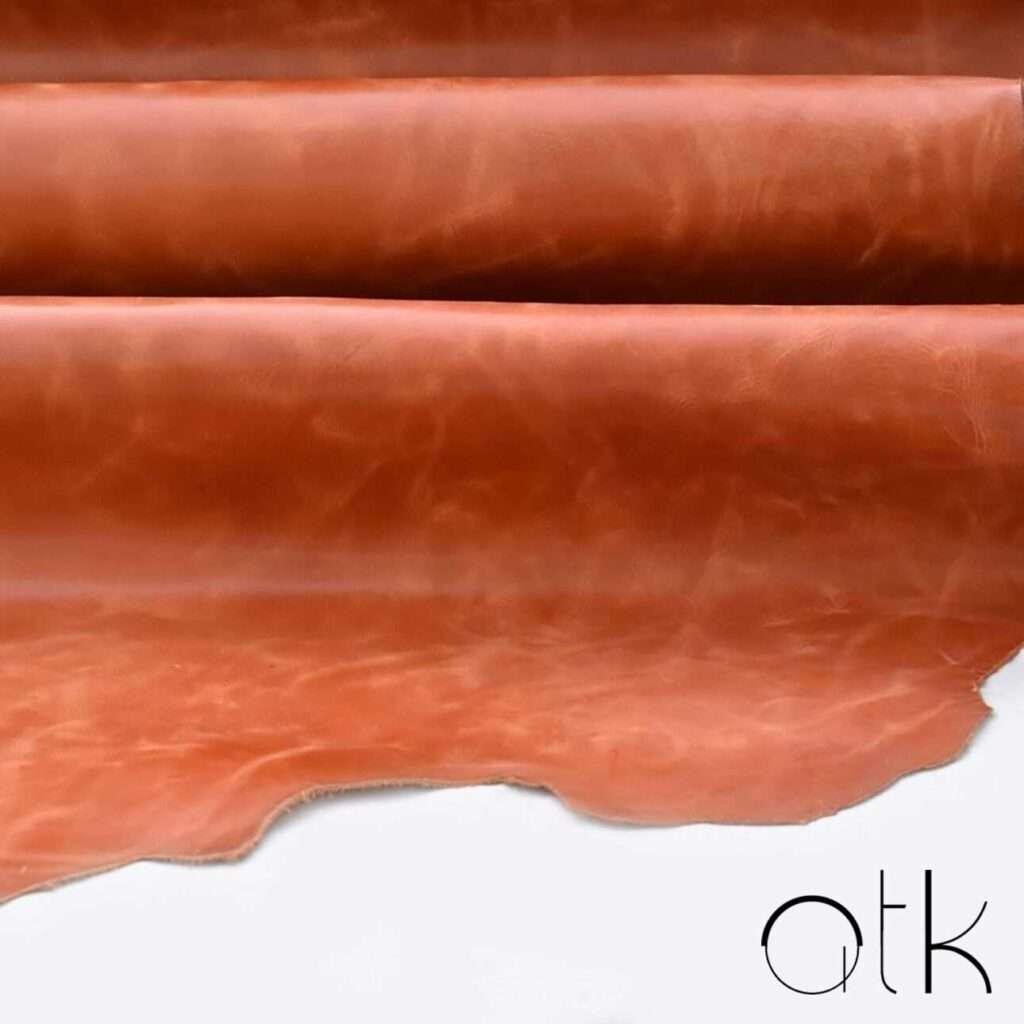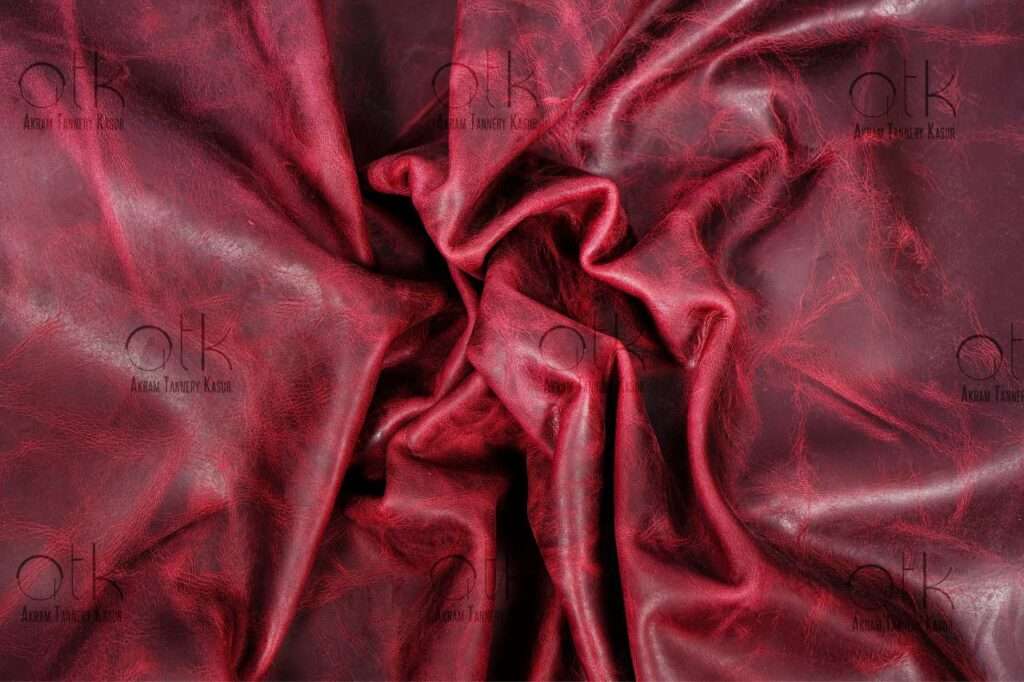When selecting the best leather for boots, it’s essential to understand the qualities of different leather types. Akram Tannery is providing High-quality leather not only ensures longevity but also offers comfort and style, making it a prime choice for boot enthusiasts. In this article, we’ll discuss some of the best options for boot-making: Finished Leather, Nubuck Leather, Pull Up Leather, and Vegetable Tanned Leather.
Why Leather Matters for Boots
Leather has been the material of choice for boots and shoes for centuries. Its natural strength, flexibility, and breathability make it perfect for footwear. For boot-making, selecting the right leather is critical because it impacts not just the look but also the performance of the boots.
Best Types of Leather for Boots
1. Finished Leather
Finished Leather is one of the most commonly used materials for boots due to its polished appearance and protective coating. The finishing process involves applying a layer of pigments and sealants, which enhances the surface and gives it a smooth, uniform look.

Benefits of Finished Leather for Boots:
- Water Resistance: The protective coating provides some resistance to water, making it a practical choice for everyday wear.
- Ease of Maintenance: The treated surface resists stains and is easy to clean.
- Elegant Appearance: Finished leather gives boots a refined and professional look, suitable for formal or casual occasions.
Whether you’re considering boots for daily wear or special events, finished leather is a versatile option that balances style and practicality.
2. Nubuck Leather
Nubuck Leather stands out with its velvety surface, created by sanding the outer layer of the hide. This type of leather is highly valued for its soft touch and unique texture.

Why Choose Nubuck for Boots?
- Comfortable Fit: The soft, brushed surface feels comfortable against the foot.
- Stylish Texture: Nubuck offers a matte, upscale look, making it popular for fashion-forward boots.
- Breathability: Its natural structure allows for better air circulation, which helps keep feet cool.
Nubuck boots are ideal for casual settings, but they require proper care to maintain their look since the surface can be prone to scuffs and stains.
3. Pull Up Leather
Pull Up Leather is known for its rich, rustic appearance and excellent flexibility. During the tanning process, oils and waxes are infused into the hide, creating a leather that darkens when stretched or bent.

Features of Pull Up Leather for Boots:
- Rich Patina: Over time, this leather develops a unique patina, adding character to the boots.
- Flexible and Soft: Pull Up Leather conforms to the foot, providing a comfortable fit.
- High Oil Content: This makes it resistant to water and scratches, making it a good choice for outdoor or work boots.
Pull Up Leather boots are perfect for individuals who appreciate rugged style and the charm of natural aging in their footwear.
4. Vegetable Tanned Leather
Vegetable Tanned Leather is crafted using natural tannins derived from tree bark and plants. This traditional tanning method results in a durable and eco-friendly material.

Advantages of Vegetable Tanned Leather for Boots:
- Natural Look: Its earthy tones and natural grain patterns give boots a classic, organic appearance.
- Eco-Friendly: Made with sustainable materials, it’s a great choice for environmentally conscious buyers.
- Moldable: This leather adapts well to the foot’s shape over time, ensuring a personalized fit.
Vegetable Tanned Leather boots are often favored by artisans and those seeking timeless designs. However, they may require more care to prevent water damage.
How to Choose the Best Leather for Your Boots
When deciding on the best leather for boots, consider the following:
- Purpose: Are you looking for work boots, casual boots, or something more formal? Each leather type serves a different need.
- Style Preference: Choose a leather that aligns with your desired look, whether it’s polished, rugged, or sophisticated.
- Maintenance: Some leathers require more care than others. If convenience is a priority, Finished Leather might be the best option.
- Weather Conditions: Pull Up Leather and Finished Leather perform well in wet conditions, while Vegetable Tanned Leather might need additional protection.
Tips for Maintaining Leather Boots
Regardless of the leather type, proper care is essential to prolong the life of your boots.
- Cleaning: Wipe off dirt and debris with a soft cloth or brush. For Nubuck Leather, use a specialized suede brush to maintain the texture.
- Conditioning: Use a high-quality leather conditioner to keep the material soft and prevent cracking.
- Waterproofing: Apply a leather-specific waterproofing product, especially for Vegetable Tanned or Nubuck Leather.
- Storage: Store boots in a cool, dry place and use shoe trees to maintain their shape.
Summary
Choosing the best leather for boots involves balancing aesthetics, functionality, and care requirements. Finished Leather offers a polished and easy-to-maintain option, Nubuck Leather provides a soft and stylish choice, Pull Up Leather boasts flexibility and character, and Vegetable Tanned Leather appeals to those who value sustainability and timeless designs.
